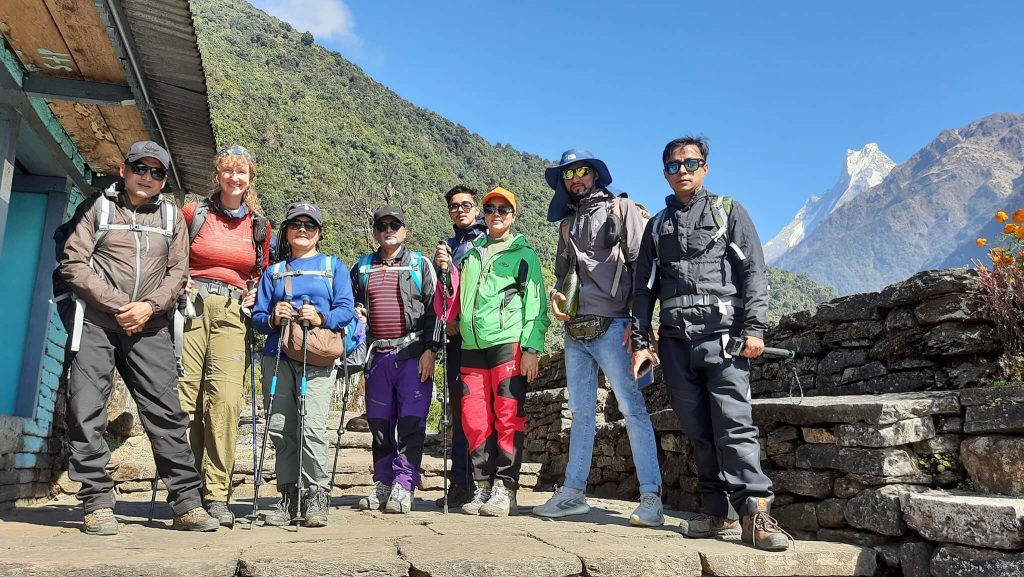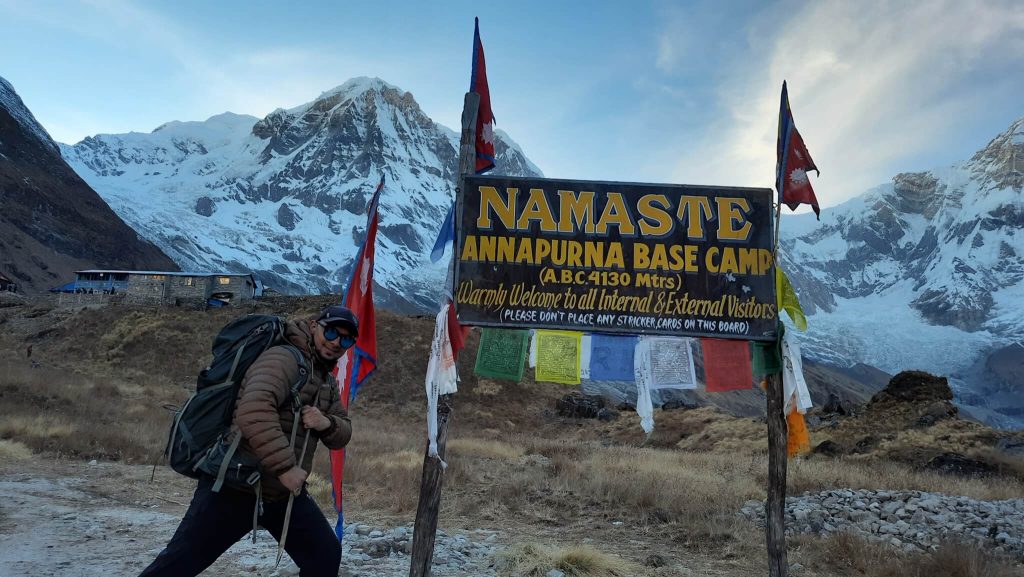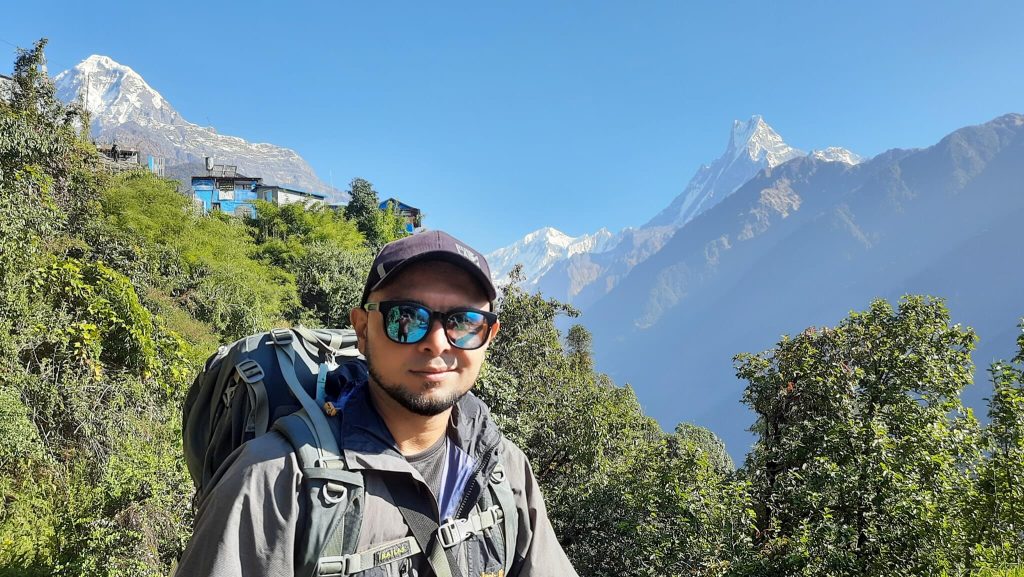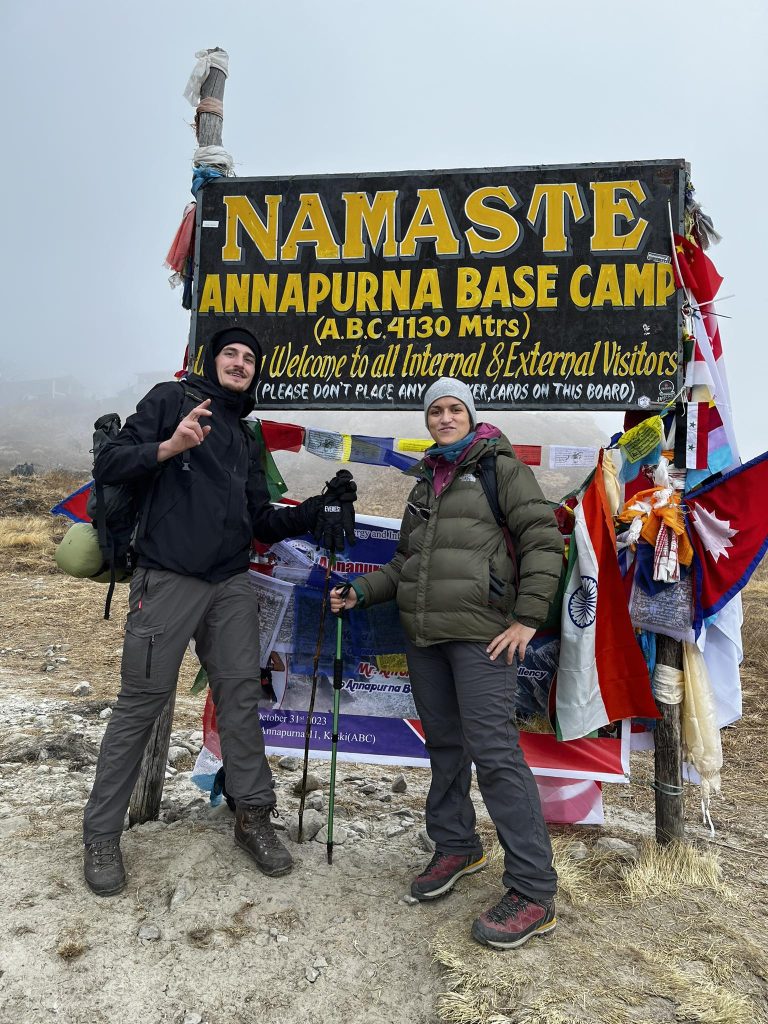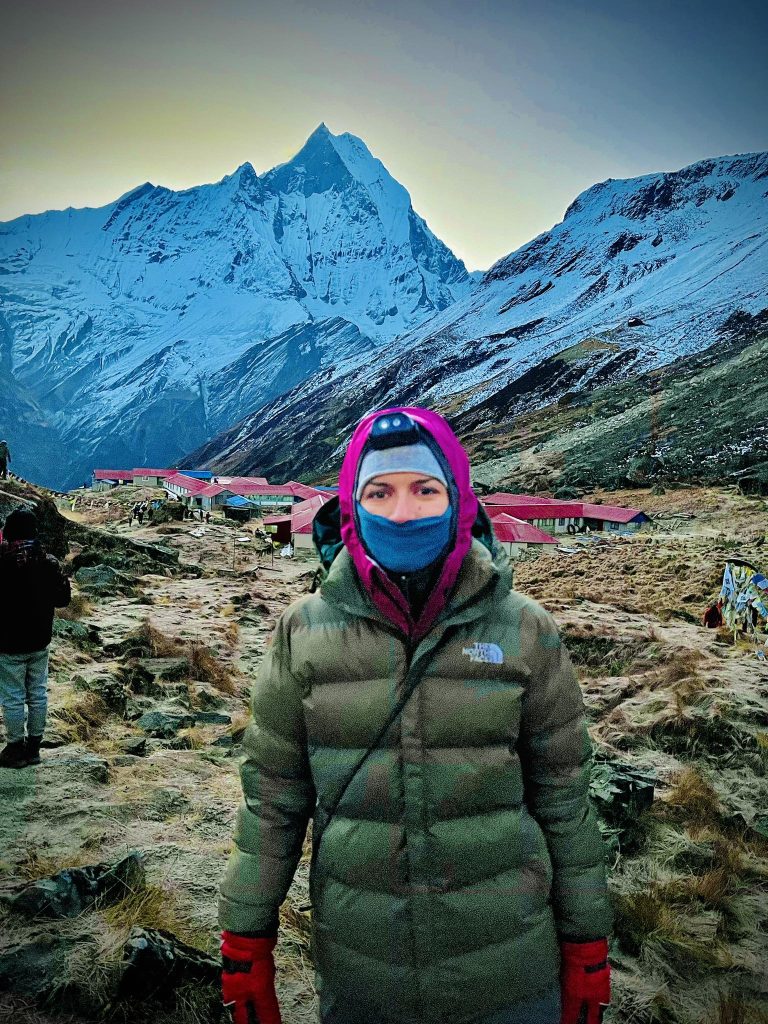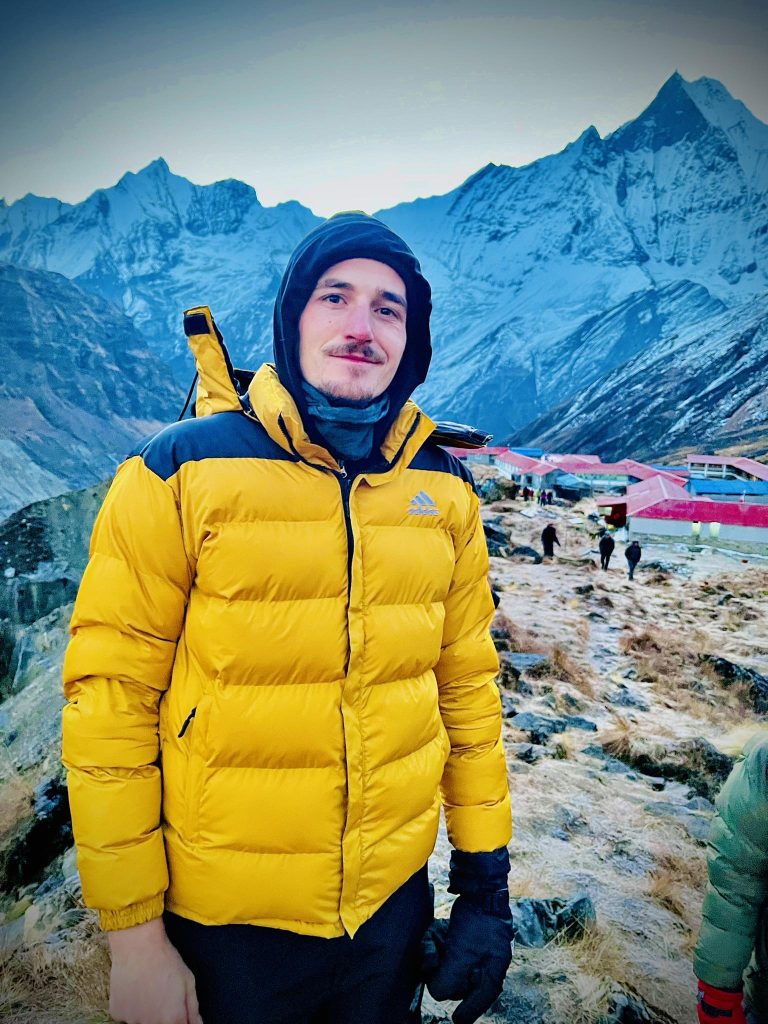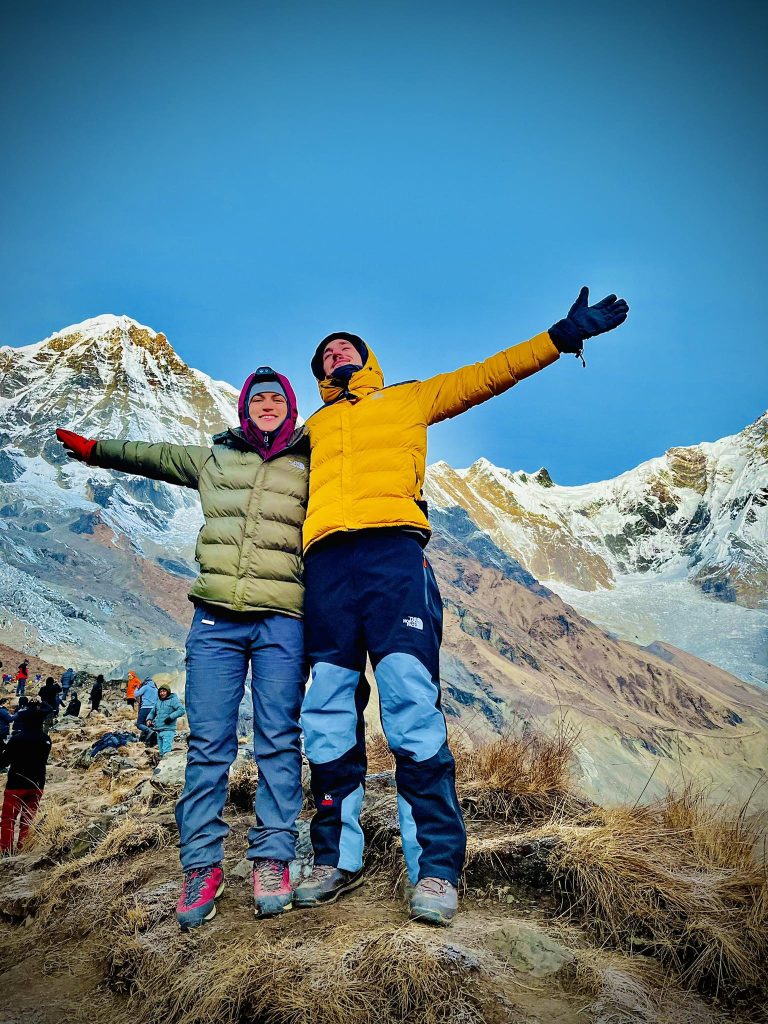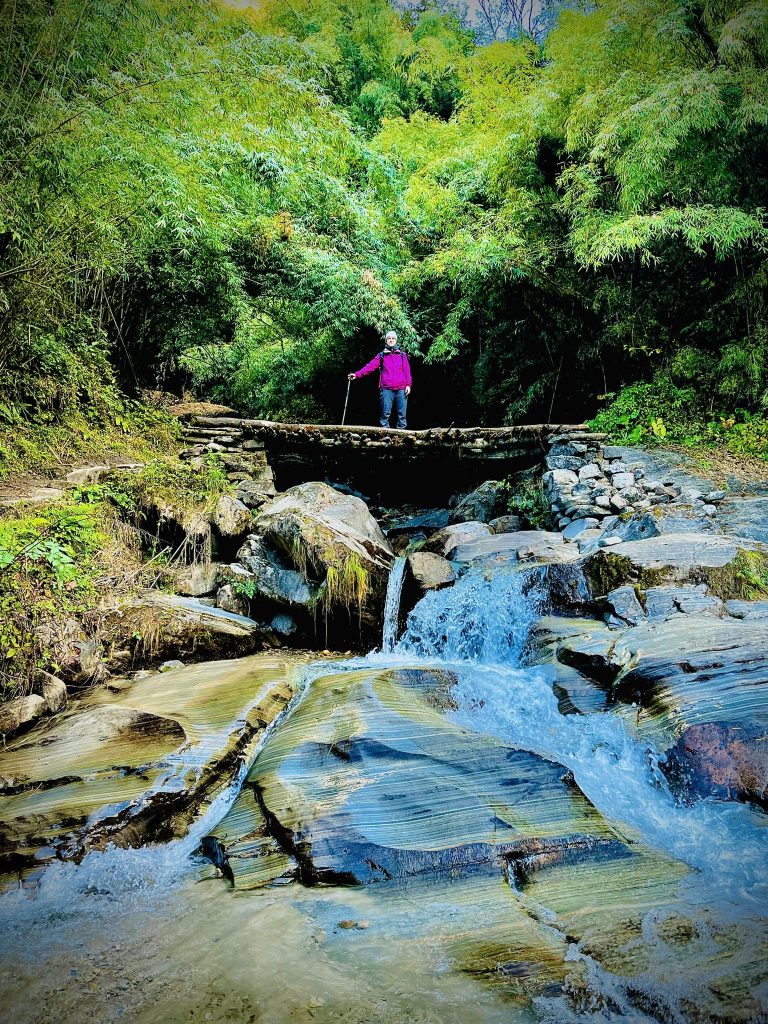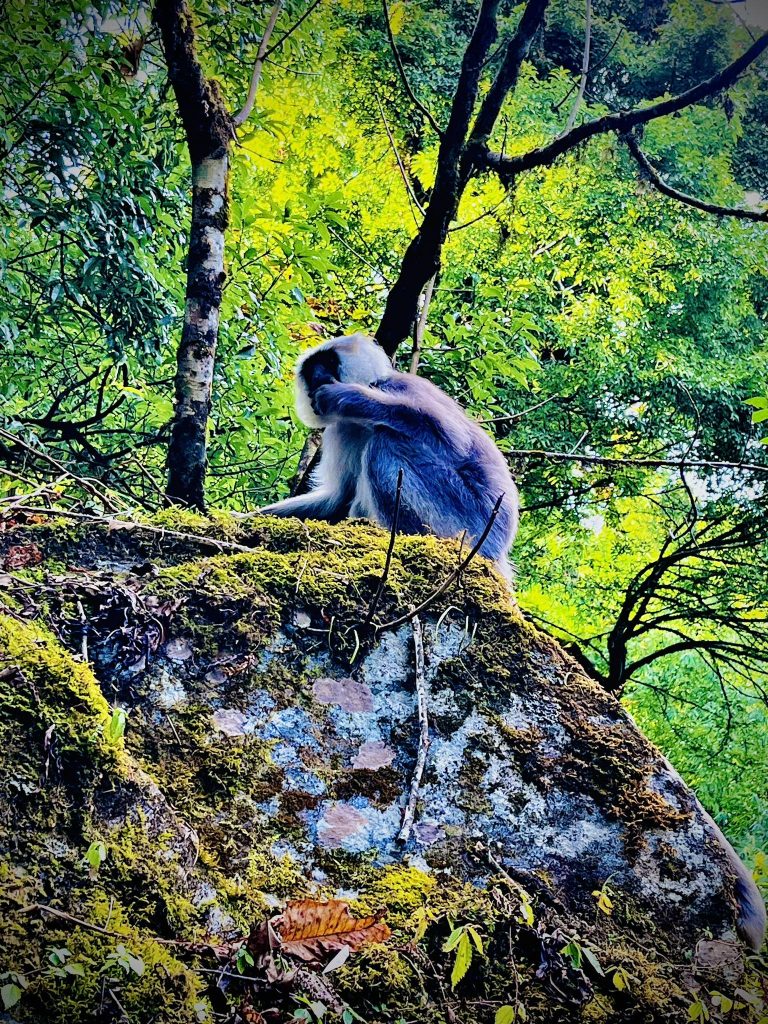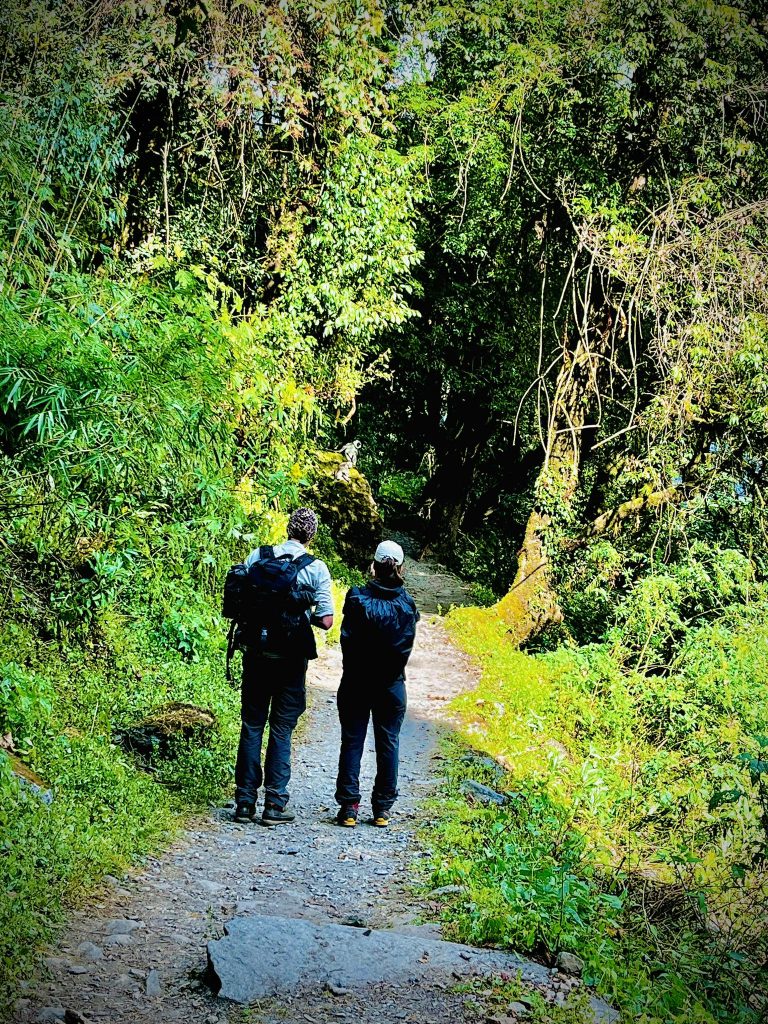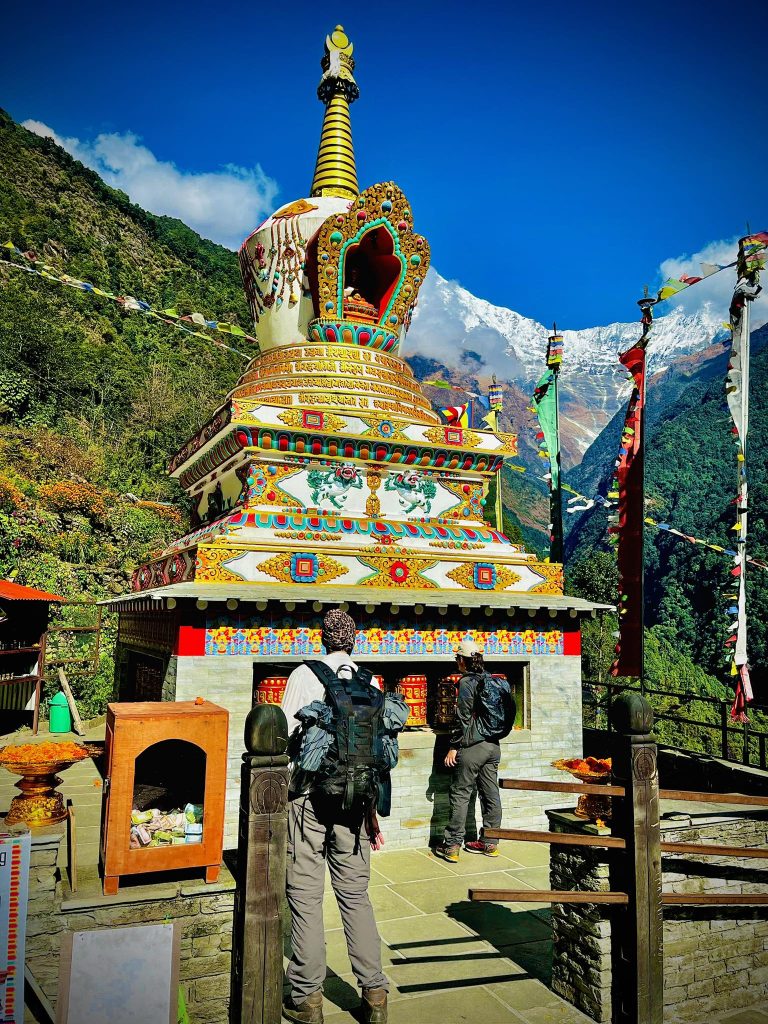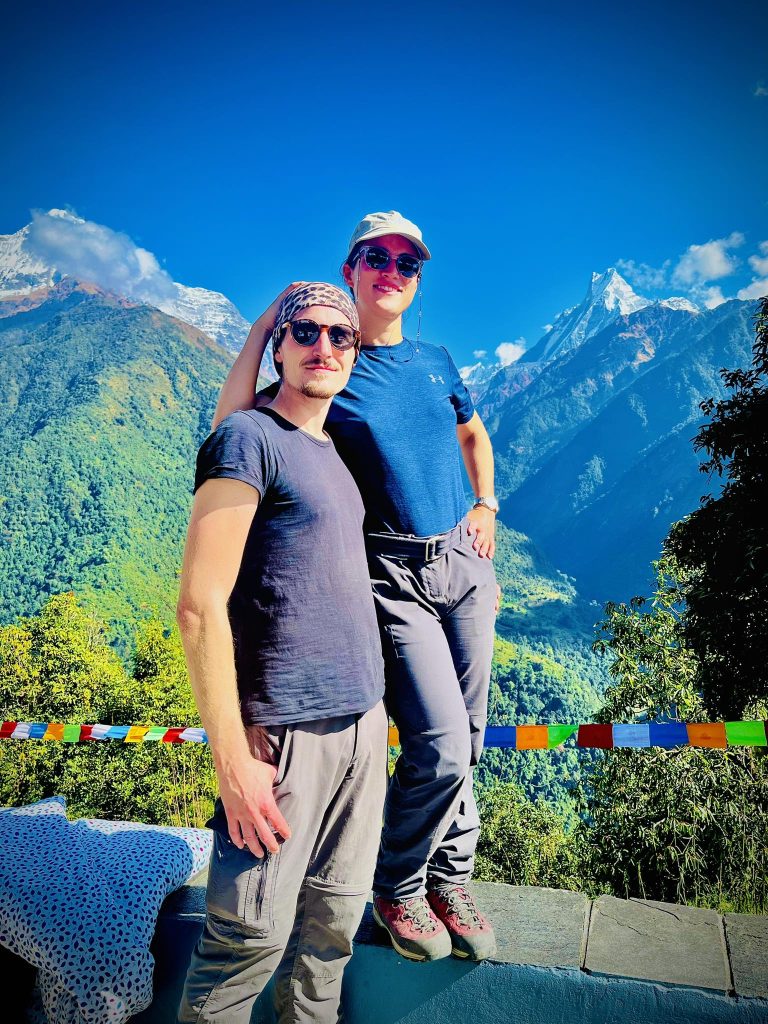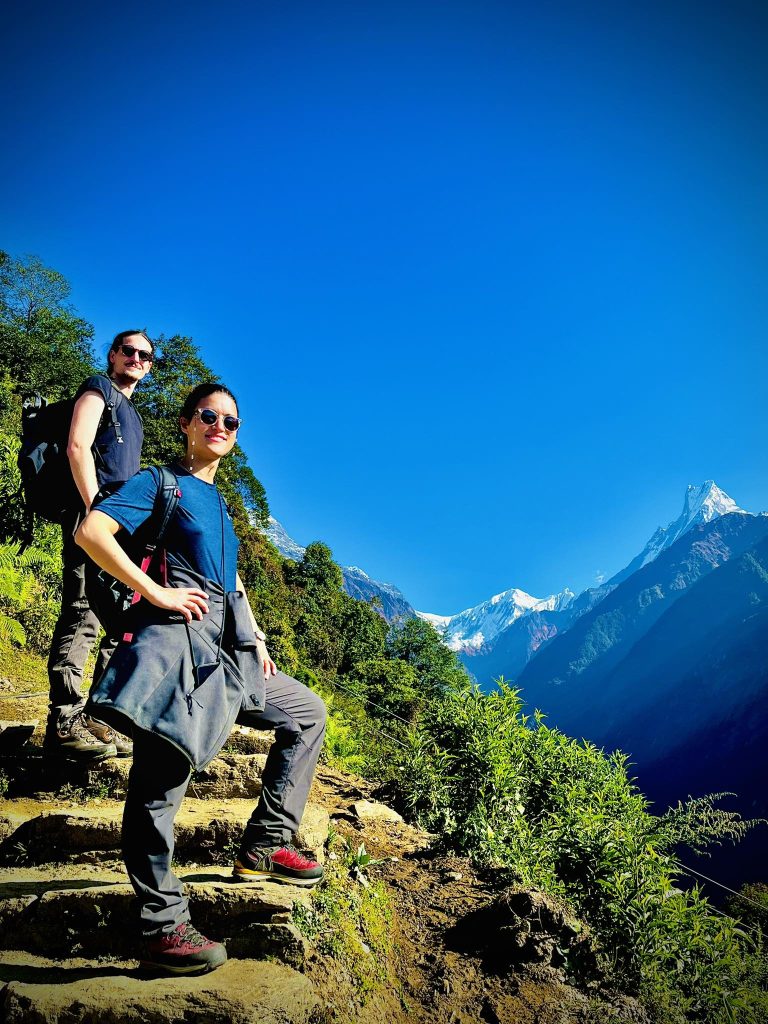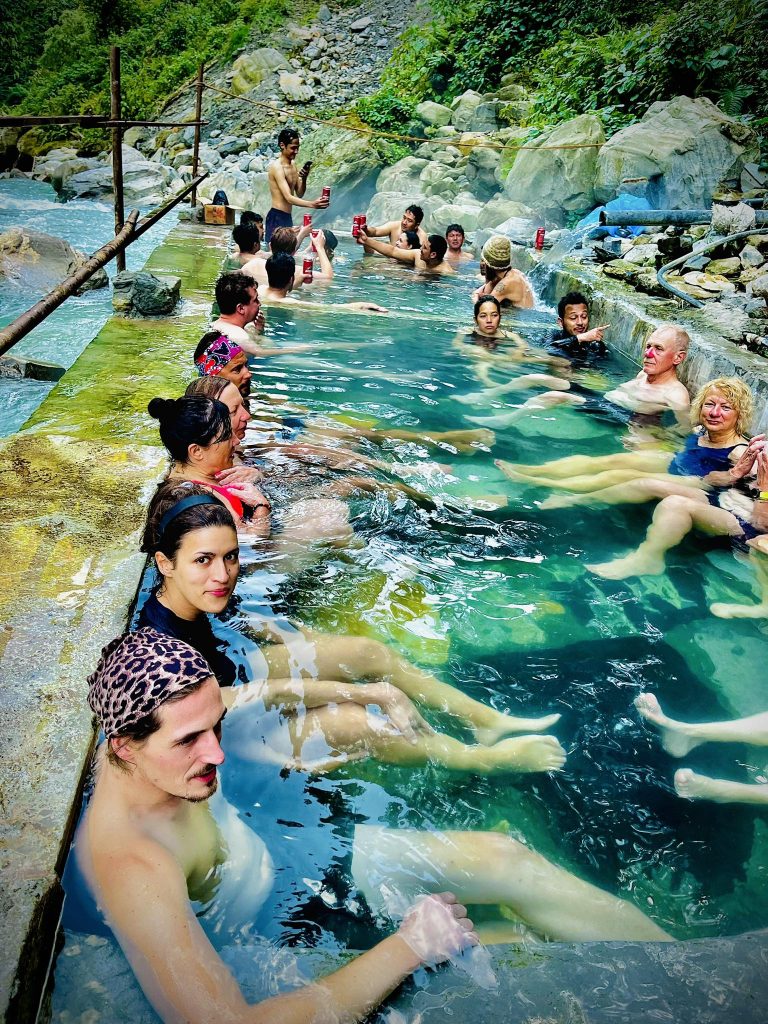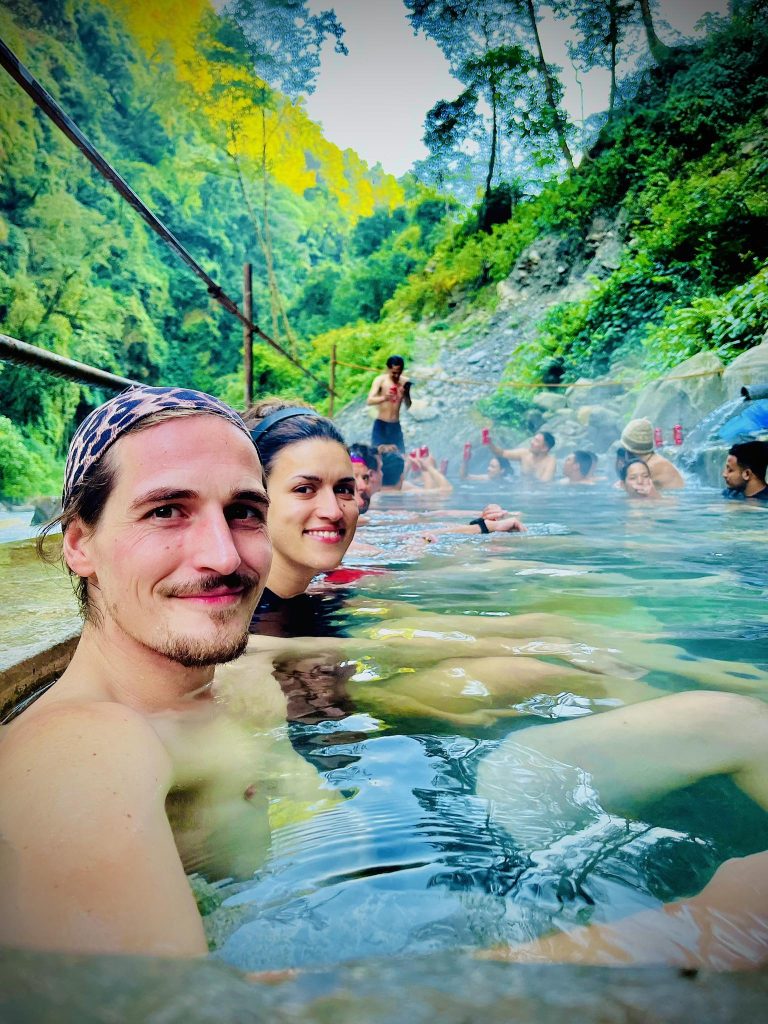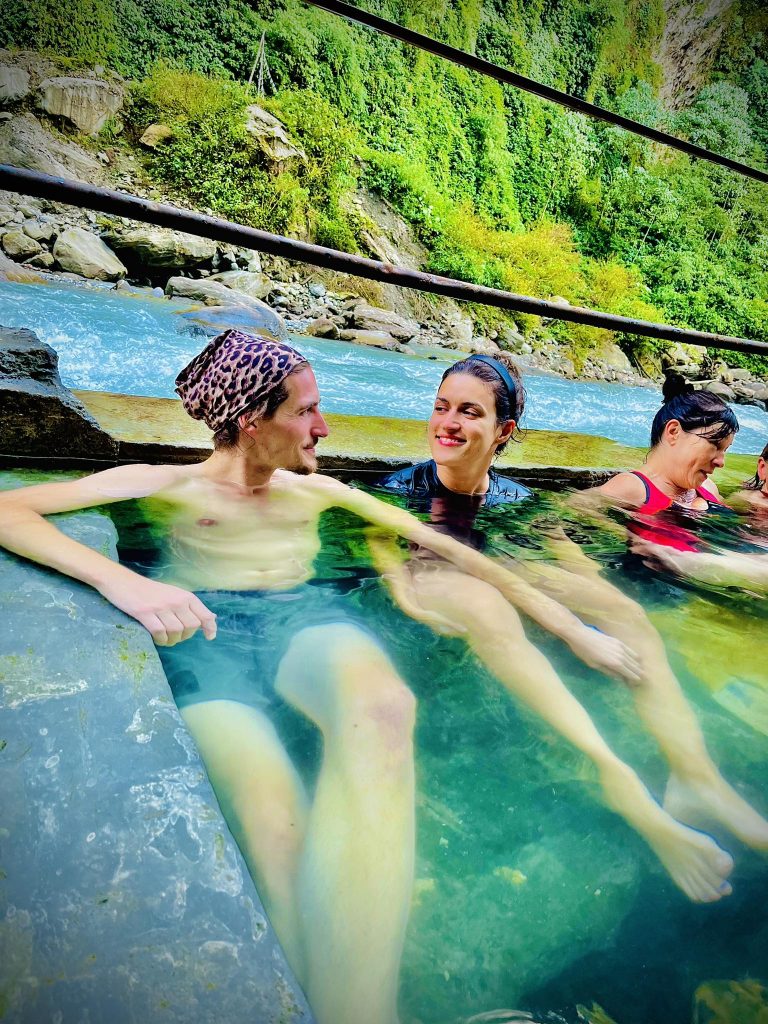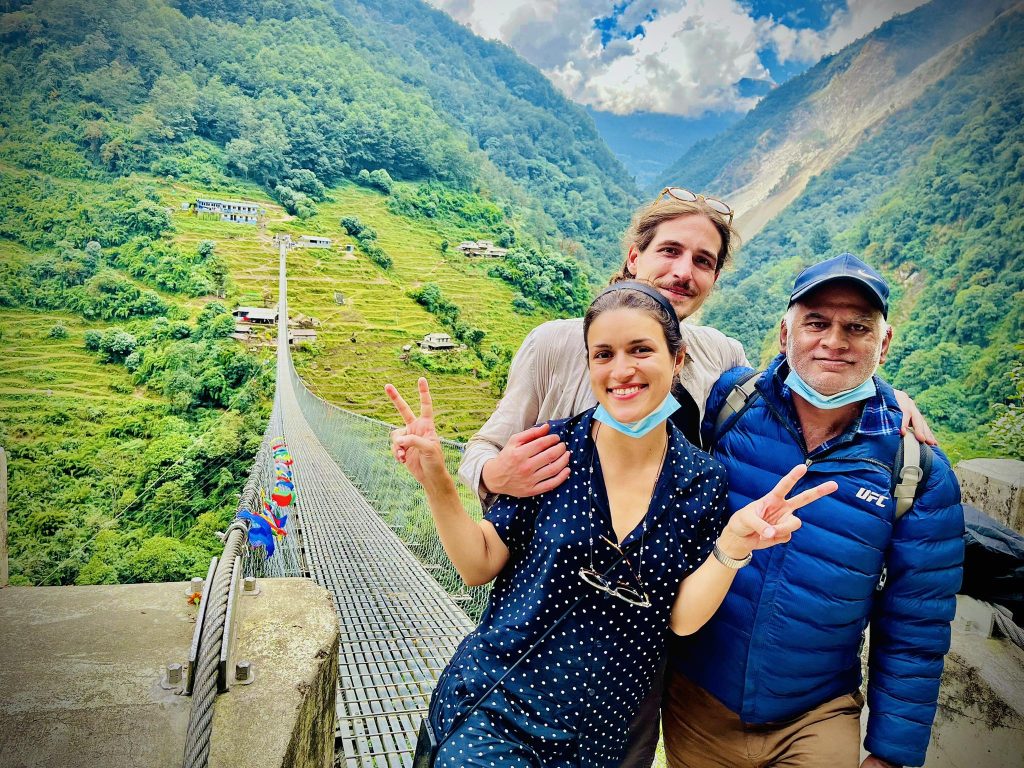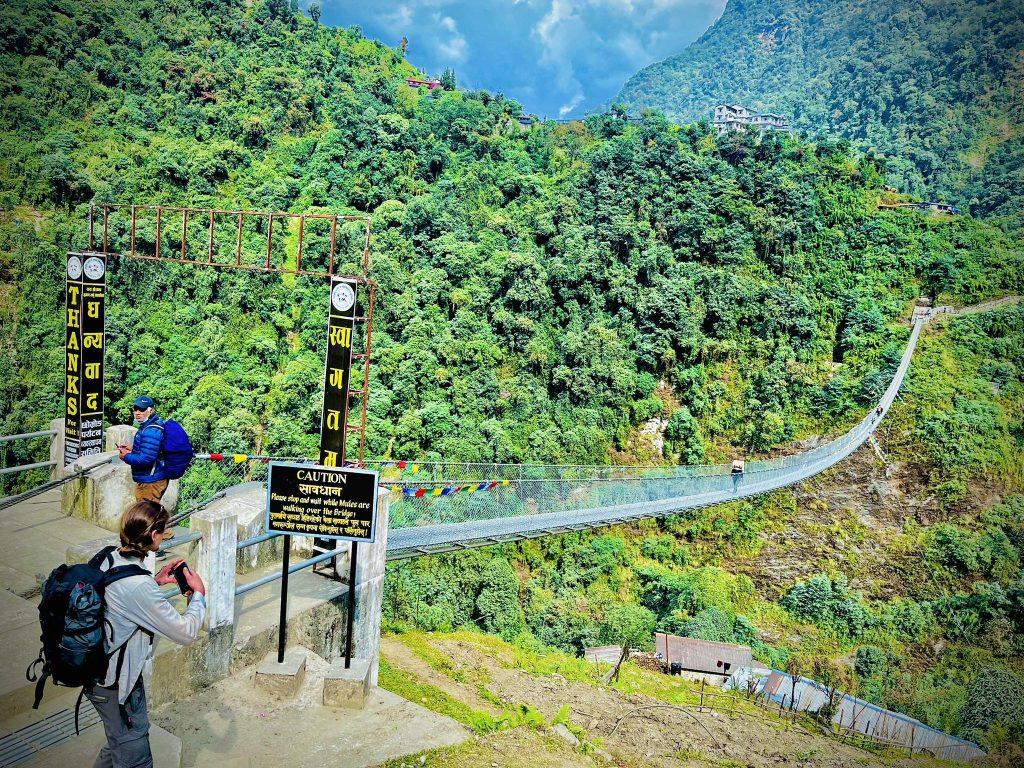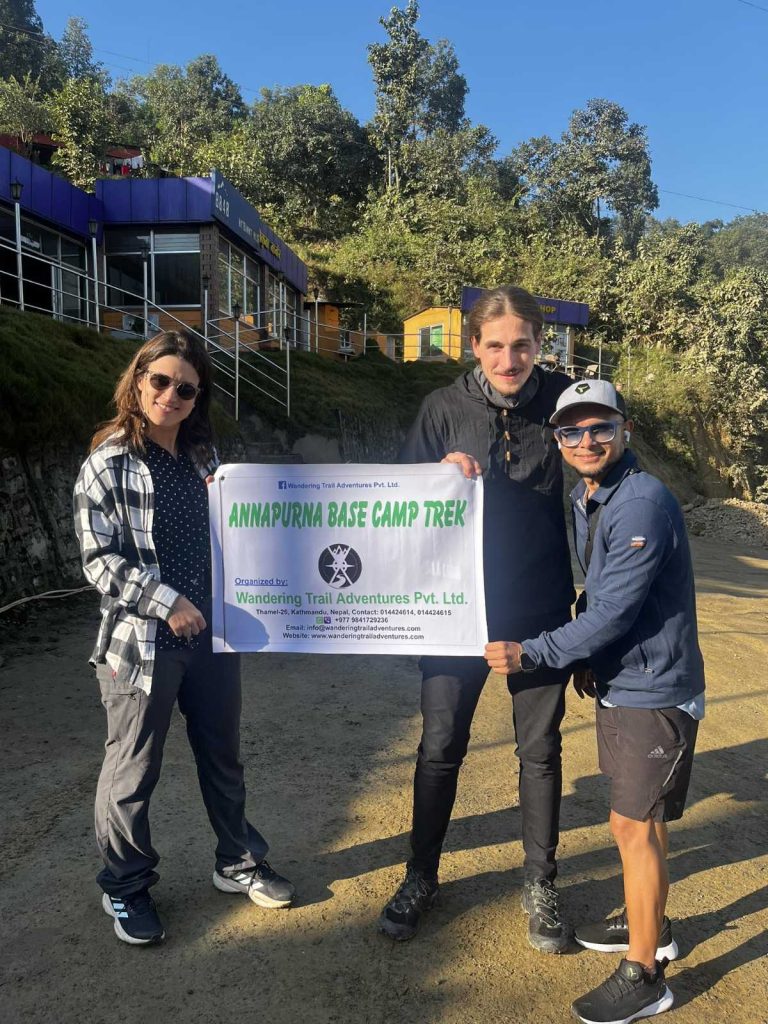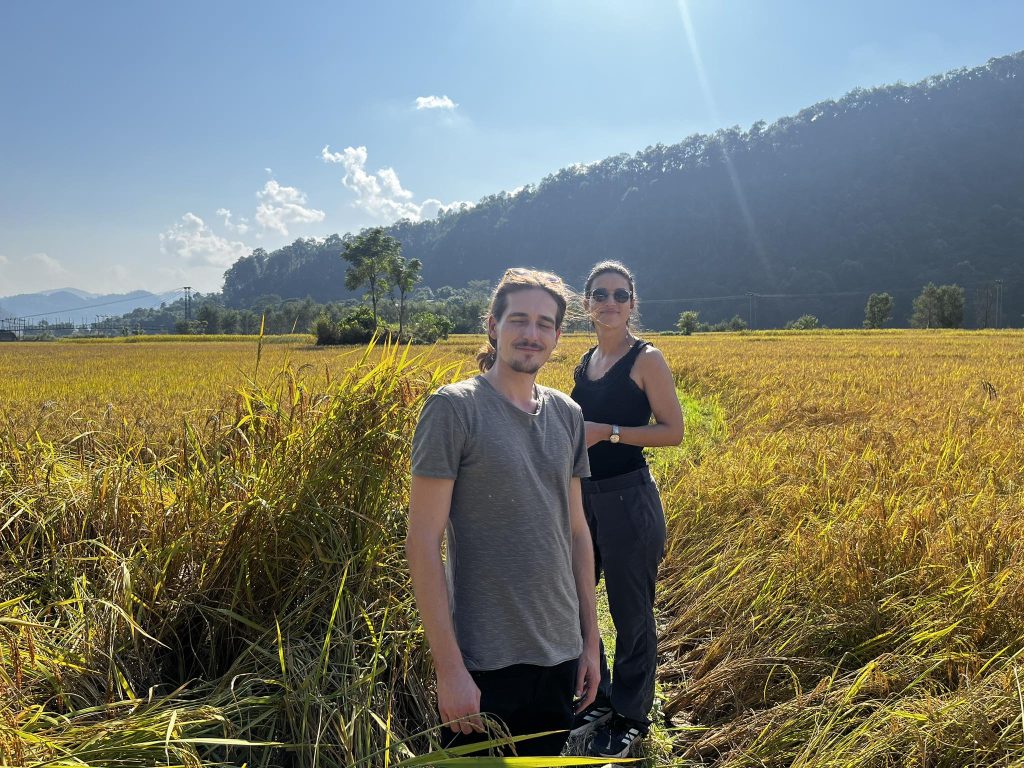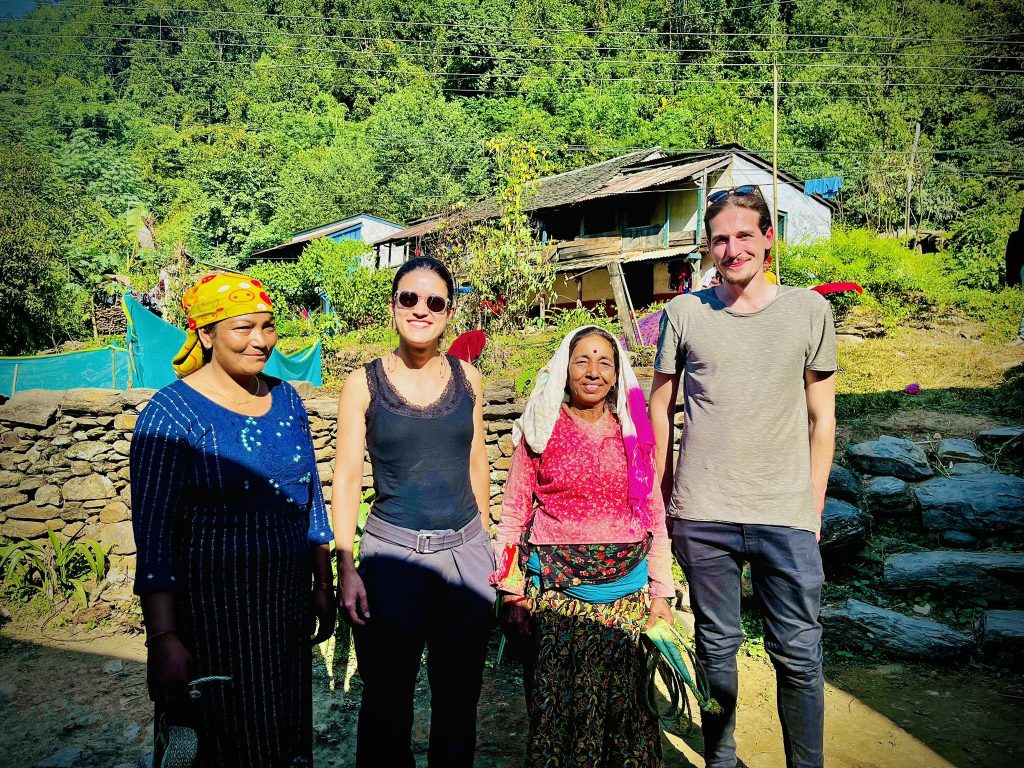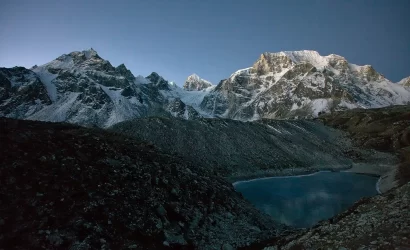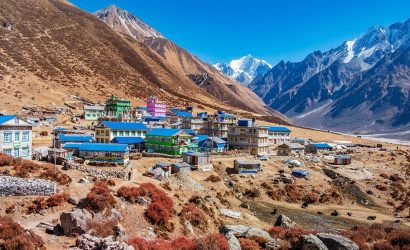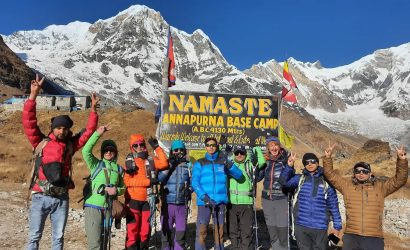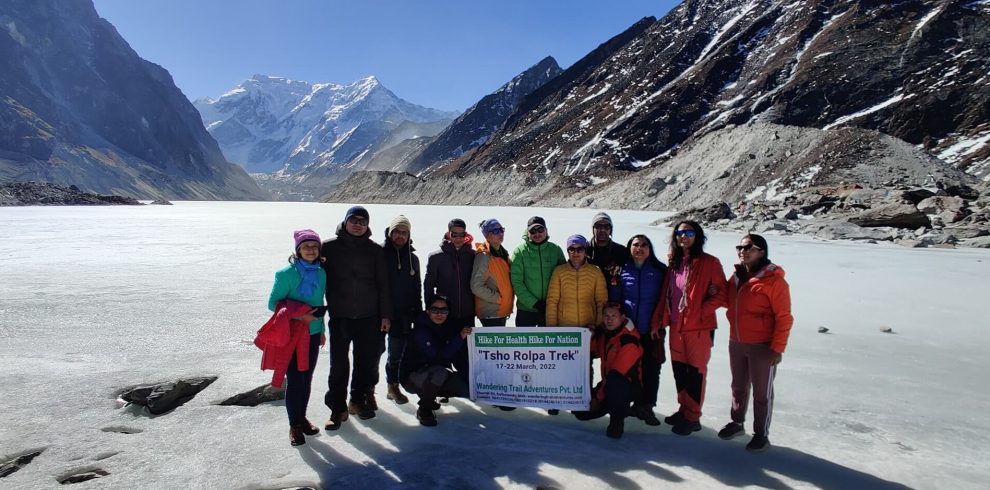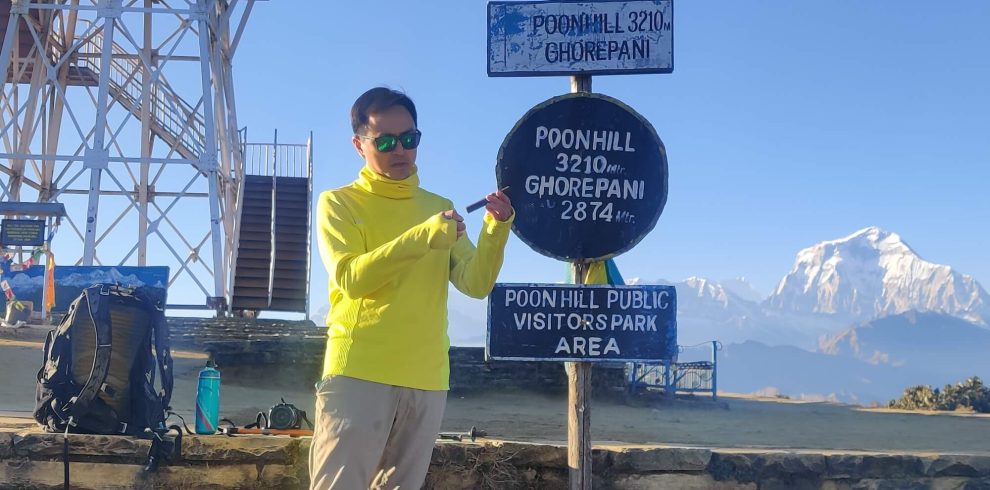-
Kathmandu
-
Kathmandu
-
Moderate
-
Annapurna Basecamp, Kaski
-
Adventure/Active
-
12+
-
Private and Group
-
Fully Guided
-
Instant Booking
-
4130 meters
-
March-May and Sep-Nov
Overview
The trek to Annapurna Base Camp is one of the world’s most spectacular high-altitude trails, passing through a wide range of habitats inside the boundaries of Annapurna Sanctuary National Park. Annapurna Base Camp is the jumpoff point and final destination of the journey. You’ll start your trek to Annapurna Base Camp, at an altitude of 4,100 meters, by making your way through a magnificent forest and rice paddies. The environment changes drastically as you gain altitude, from a tropical rainforest to snow-covered peaks and knee-deep snow.
A trip across Nepal is an adventure you won’t soon forget. The ABC trail is commonly considered to be among the most beautiful day trips in the region. Many hikers choose for this route instead of the more popular one to Everest Base Camp since it is shorter and less expensive. Annapurna I (8091 meters), Annapurna South (7219 meters), the fishtail Machapuchhre (6993 meters), and Hiunchuli are just a few of the world’s tallest mountains that surround the base camp, making for a really remarkable setting (6441 m). Hiking to Annapurna Base Camp is possible from a variety of trailheads and can take anywhere from six to twelve days.
Amazing mountain views, terraced farms, charming Gurung towns, and a plethora of flora and wildlife await you on the Annapurna Base Camp Trek (ABC). Nepal’s Mt. Annapurna (8091m) is the world’s tenth-highest peak, and the hike to its base camp, at 4130m/13549ft, is one of the most well-known hikes in the world.
Annapurna Basecamp Trek highlights
- Reach: Annapurna Base Camp (4130m/13,549ft), the base of the 10th tallest of the planet (Mt Annapurna I – 8091m/26545ft) and Machhapurchhre Base Camp (3700m/12135ft), the base of Mt Fishtail (virgin peak of Nepal)
- Walk: Following marked and maintained classic route of Annapurna Base Camp inside the Annapurna Conservation are passing lush vegetation and different wildlife, ethnic Gurung settlements, rickety suspension bridges, pristine waterfalls, beautiful rivers, religious monuments, natural wonders, and cultural heritage.
- Explore: Ethnic Gurung culture, tradition and lifestyle, exotic Himalayan wildlife vegetation, Buddhist monasteries, chortens, stupas, alleys, long mane walls, natural caves, pristine lakes, and Gurung cultural museum.
- Have: Picturesque sceneries of Mt. Annapurna I (4130m/13,549ft), Annapurna II (7937m/26,040ft), Annapurna III (7555m/24787ft), Annapurna IV (7525m/24688ft), Annapurna South(7219m23684ft), Machhapuchhre (6999m/22963ft) , Dhaulagiri I (8167m/26795ft), Gangapurna (7455m/24459ft), Khangsar Kang (7485m/24557ft), Dhampus peak (6011m/19724ft), Hiunchuli (6441m/21132ft) with a flourishing Himalayan ecosystem that contains of lush woodlands blended with diverse terrains
- Sightsee: World Heritage Sites in Kathmandu (Pashupatinath, Swyambhunath, Boudhnath, and Kathmandu Durbar Square), Annapurna Base Camp (surrounded mountain peaks), and Machhapuchhre Base Camp
- Get: The mesmerizing sunrise view from the famous viewpoint of Poon Hill (3210m/10192ft)
- Relax: At the natural hot spring at Jhinu Danda (1780m/5840ft)
- Doable side-trips: Day hike to World Peace Pagoda, Paragliding at Sarangkot, Sightseeing at Begnas/ Rupa lake
Trip Reviews
Amazing experience
I recently went on a trek with Wandering Trail Adventures to ABC and it was an incredible experience. Our guide, Rikesh, was knowledgeable, professional, and made the trek enjoyable for everyone in our group. He was able to navigate the terrain with ease and was always available to answer any questions we had. The agency was very organized, providing us with all the necessary equipment and making sure we were well-prepared for the trek. The accommodations were comfortable and the food was delicious. I highly recommend Wandering trail adventures and their guide, John, to anyone looking for a memorable trekking experience.
Write a Review
Your email address will not be published.


